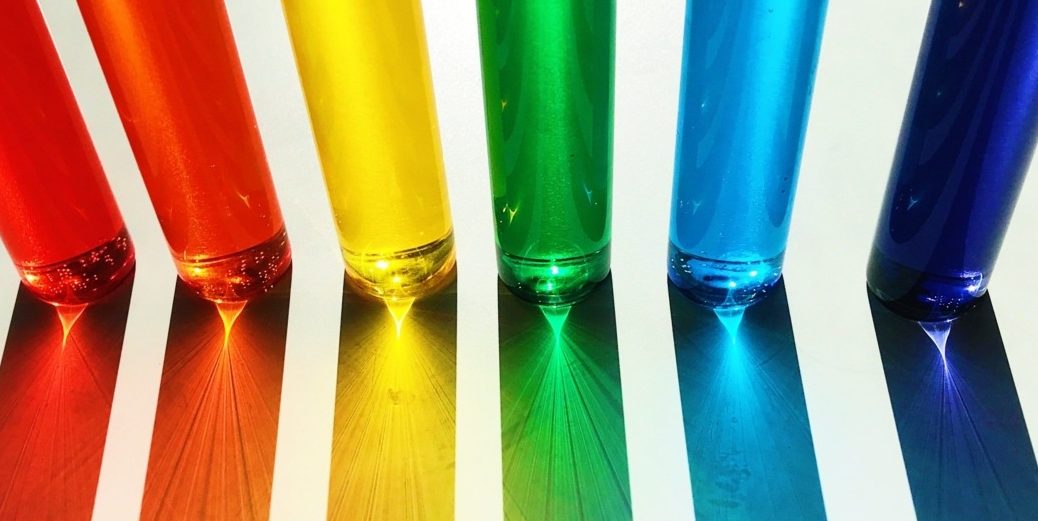Exploring the importance of LGBTQ+ representation in literature
In the season that distils the age of rainbow capitalism, corporate consumerism and trans-exclusionary “radical feminism” into the voyeuristic explosion of colour we call Pride Month, it is vital that we do not forget the foundations of queer representation, which began with so much more than the celebratory ecstasy the media often frames this event with. With June’s magnetic warmth and summery radiance, it is all too easy to become so consumed by the aesthetic appeal of Pride that in the process this cultural movement has lost its political and social power that can be documented within queer literature through the ages.
But how far have we progressed since the days of the Wilde trials, and how much further do we have to go? There may be a social visuality that was previously suppressed, but what can we make of the representation of LGBTQ characters in canonical nineteenth and twentieth century novels, and what place do they have in the modern queer world?
Perhaps Wilde truly was the progressive queer icon we didn’t realise we needed
What better place to begin in examining how the cult of pride has become so visually glamourized than the novel written during the heart of late Victorian aestheticism, when art and beauty overtook morality and meaning in every way. Oscar Wilde’s pioneering Gothic philosophical masterpiece The Picture of Dorian Gray takes queer beauty and codes it into the very DNA of the writer’s only novel, in which every word on every page is sewn together with such a spellbinding sensuality that makes this one of the most beautifully written novel in literary history.
Although this novel also has deeply moral messages behind the floridly compelling language, the textual aesthetics of the novel resonates with the level in which contemporary queer culture seems to reach during Pride Month. Falling short of any substantial or radical movement to where we truly need to be, particularly pertaining to trans rights, and where we could be if we stop seeing Pride as just a ‘Big Gay Party’. Perhaps Wilde truly was the progressive queer icon we didn’t realise we needed. However, through this novel we can see how societally we are relapsing into decadence through the culture of rainbow, in which corporations use LGBT liberation as a façade for their disregard for any social or moral change that doesn’t directly benefit the capital.
Yet, throughout his novel, the homoeroticism that clearly motivates Basil’s infatuation with Dorian is consigned to the subtext
In a similar Gothic vein to Shirley Jackson’s The Haunting of Hill House, another way in which Dorian Gray falls short on the level of LGBT representation is the lack of explicit queer sexuality. Victorianism was replete with queer poetry and sexualities, Wilde being one of the many literary figures who refused to keep his gayness in the closet. Yet, throughout his novel, the homoeroticism that clearly motivates Basil’s infatuation with Dorian is consigned to the subtext.
Of course, being queer should not substitute a fully fleshed out personality, so it is good that this is not the central and definitive character trait for either figure. Having said that, representing homosexuality only within the shadows is a tradition which needs to be buried deep and never to be exhumed. Writers such as JK Rowling who make sweeping and queerbaiting claims that a beloved figure was, in fact, gay (in this case Dumbledore) but make no attempt to explore this within their narratives are complicit in this problematic representation. It perpetuates the heteronormative ideologies that centre straight and cisgender relationships at the side-lining of queer relationships.
In representing the family dynamics of 1950s suburban life, the potential for a lesbian love story between Nell and Theodora could only exist beyond the text, not within
As much as I want to believe that Basil, Henry and Dorian were part of a deeply toxic polyamorous triad and Dumbledore was in a loving relationship with another male character, these readings only exist in the fantasies of the fanfics which I will never dare to write. This is where Netflix’s modern adaptation of The Haunting of Hill House succeeds in ways the original text could not. In representing the family dynamics of 1950s suburban life, the potential for a lesbian love story between Nell and Theodora could only exist beyond the text, not within.
In the modernised retelling of Jackson’s classic ghost story, Theodora’s lesbianism is unequivocally showcased, and as just one part of her multidimensional character alongside her wit, intellect and paranormal sensitivities. Although this remaking in many ways massacred Jackson’s original story, the unabridged queering of Theodora is exactly the kind of representation we need to see encouraged with modern narratives. Perhaps soon we will see familiar characters from the past retold through trans narratives in addition to gay and lesbian narratives.
The masquerading of queer love as platonic was acceptable when these novels were written, but in modern-day narratives, writers have no excuse to leave a character’s potential queerness or transness in the shadows of interpretation. Visibility is key, and we will escape the shadows as long as we have the representation we need.

Comments